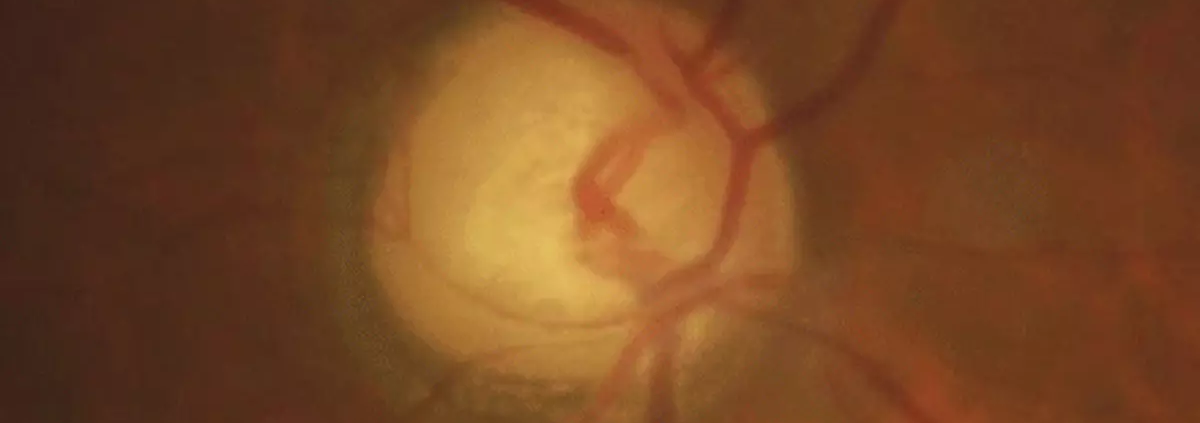Study finds effective concentration of sevoflurane for IOP monitoring in anaesthetized glaucoma children

Recently published study aimed to determine the optimal end-tidal sevoflurane concentration for safely measuring intraocular pressure (IOP) in pediatric patients aged 1–12 months and 12–36 months. After induction with 8% sevoflurane, the first child had an end-tidal sevoflurane concentration maintained at 2% for 4 min, followed by IOP measurement. Success was defined as ‘no movement,’ and subsequent concentrations were determined using the Dixon and Massey method. The study included 75 children and found that the effective concentration of sevoflurane causing ‘no movement’ during IOP measurement in 50% of the study population was 1.98% in the 1–12 months group and 0.55% in the 12–36 months group. Probit regression analysis yielded effective concentration values of 2.47% for the 1–12 months group and 0.94% for the 12–36 months group. The results demonstrated that a higher end-tidal sevoflurane concentration of 2% is needed for IOP measurement in the 1–12 months age group compared to 0.5% required in the 12–36 months age group, achieving success in 50% of the study population.
Clinical Implications and Limitations
The study’s implications for clinical practice included the importance of identifying the optimal timing for IOP measurement during general anesthesia and establishing the minimum effective concentration of the inhalational agent to prevent any undesired movement in pediatric patients. The findings led to the acknowledgment of physiological differences between infants and older children, highlighting the need for higher minimal alveolar concentration (MAC) in infants to achieve adequate anesthesia depth. The study provided valuable insights into achieving accurate IOP measurements without eliciting any movement, particularly in managing glaucoma in pediatric patients. However, the study acknowledged some limitations, such as the need for further exploration of the minimum time for IOP measurement in glaucomatous children and the difference between premedicated and un-premedicated children in the end-tidal sevoflurane concentration required for IOP measurement. Further trials evaluating the timing for IOP measurement in glaucomatous children were also suggested as an avenue for future research.
Study Contribution
The study’s contribution lies in addressing the current absence of consensus on the minimal anesthetic concentration for IOP measurement and uncertainties regarding the accuracy of such measurements for subsequent clinical decisions in pediatric glaucoma cases. The findings have significant implications for guiding decisions regarding surgery or medical interventions based on the obtained IOP values during ophthalmological examinations in pediatric patients.
Key Points
The study’s implications for clinical practice included the importance of identifying the optimal timing for IOP measurement during general anesthesia and establishing the minimum effective concentration of the inhalational agent to prevent any undesired movement in pediatric patients. The findings also highlighted the need for higher minimal alveolar concentration (MAC) in infants to achieve adequate anesthesia depth and provided valuable insights into achieving accurate IOP measurements without eliciting any movement, particularly in managing glaucoma in pediatric patients.
The study’s contribution lies in addressing the current absence of consensus on the minimal anesthetic concentration for IOP measurement and uncertainties regarding the accuracy of such measurements for subsequent clinical decisions in pediatric glaucoma cases. The findings have significant implications for guiding decisions regarding surgery or medical interventions based on the obtained IOP values during ophthalmological examinations in pediatric patients. The study acknowledged some limitations and suggested further trials evaluating the timing for IOP measurement in glaucomatous children as an avenue for future research.
Reference –
Ravichandran, Elayavel; Goel, Nitika; Ghai, Babita; Saini, Vikas; Kaushik, Sushmita1. Effective concentration (EC50) of sevoflurane for intraocular pressure measurement in anaesthetised children with glaucoma: A dose-finding study. Indian Journal of Anaesthesia 68(5):p 480-485, May 2024. | DOI: 10.4103/ija.ija_1058_23



